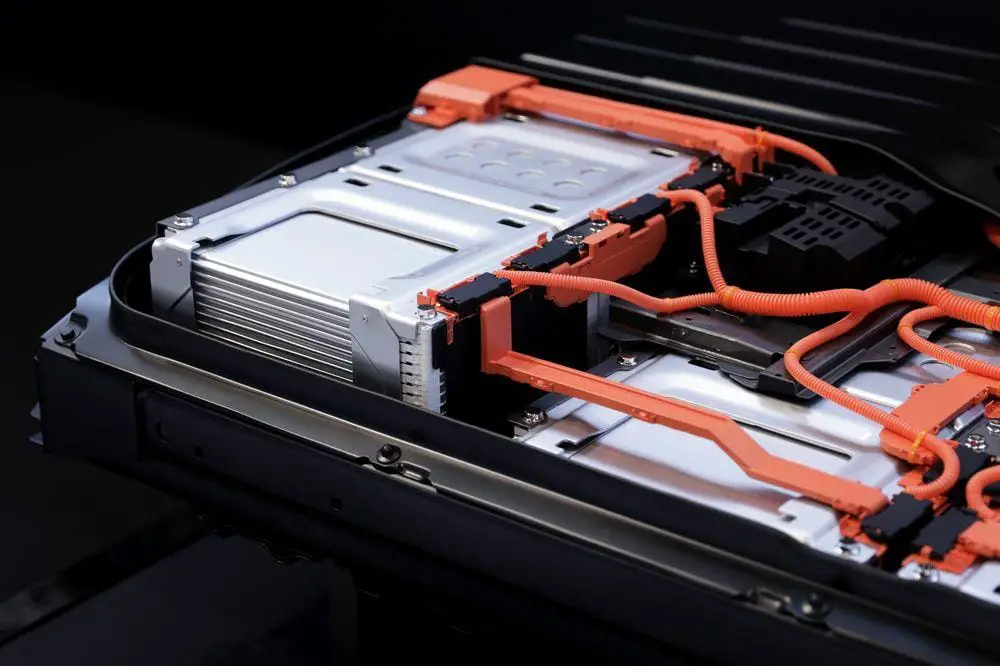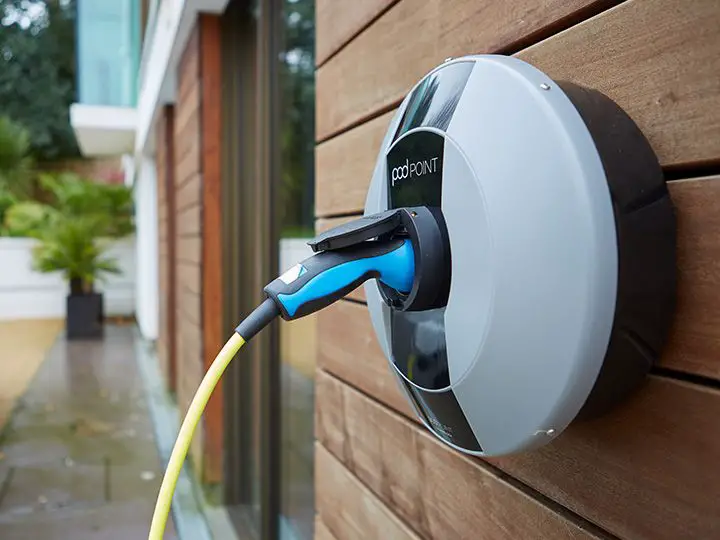What is the newest battery technology?
The global climate crisis calls for all to choose clean and renewable energies to power our vehicles. Currently, lithium-ion batteries are the majority that provide energy to cars.


The global climate crisis calls for all to choose clean and renewable energies to power our vehicles. Currently, lithium-ion batteries are the majority that provide energy to cars. However, with the constant coal crisis in the Democratic Republic of Congo, there is a need for an urgent call of action to salvage the situation.
A battery is a pack of one or more cells, each of which has a positive electrode (the cathode), a negative electrode (the anode), a separator, and an electrolyte. Using different chemicals and materials for these affects the properties of the battery – how much energy it can store and output, how much power it can provide, or the number of times it can be discharged and recharged (also called cycling capacity).
Battery companies are constantly experimenting to find cheaper, denser, lighter, and more powerful chemistries. If a battery cell is charged too quickly, it can cause dendrites or “metal whiskers” to form and cross through the liquid electrolytes, causing a short circuit that can lead to explosions and fires. Instead of liquid electrolytes, the researchers rely on glass electrolytes that enable the use of an alkali-metal anode without forming dendrites.
Like lithium-ion cells, the anodes of sodium-ion batteries are graphite-based. In both types of batteries, ions are intercalated with the graphite, which means they are inserted into its structure consisting of stacked layers of graphene. Sodium ions are bigger than lithium ions and cannot be stored in the graphite structure as efficiently. As a result, sodium-ion batteries have, so far, been unable to match the 10-times-higher capacity of their lithium-ion counterparts.
To fix this, scientists have added a molecule spacer on one side of each graphene layer to create more space between them. The extra space allows the sodium ions to move in and out of the graphite structure more easily and this in turn yields a much higher battery capacity. Graphene layers are usually chemically the same on both sides, so scientists have named this version ‘Janus’, after the two-faced Roman god of new beginnings.
The research is still in the early stages and far from becoming a reality in industrial applications, but the technology is proving fully reversible (which is a battery’s fundamental capability to fully charge and fully discharge) and is also showing high cycling stability so it can be charged and discharged hundreds of times without losing performance.




